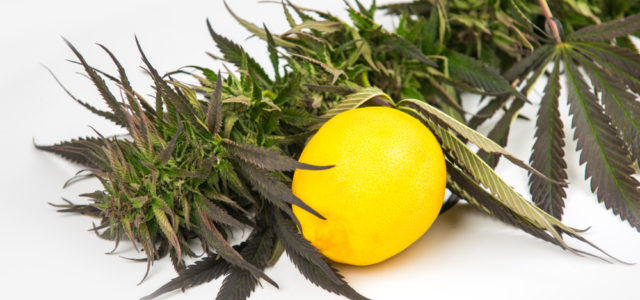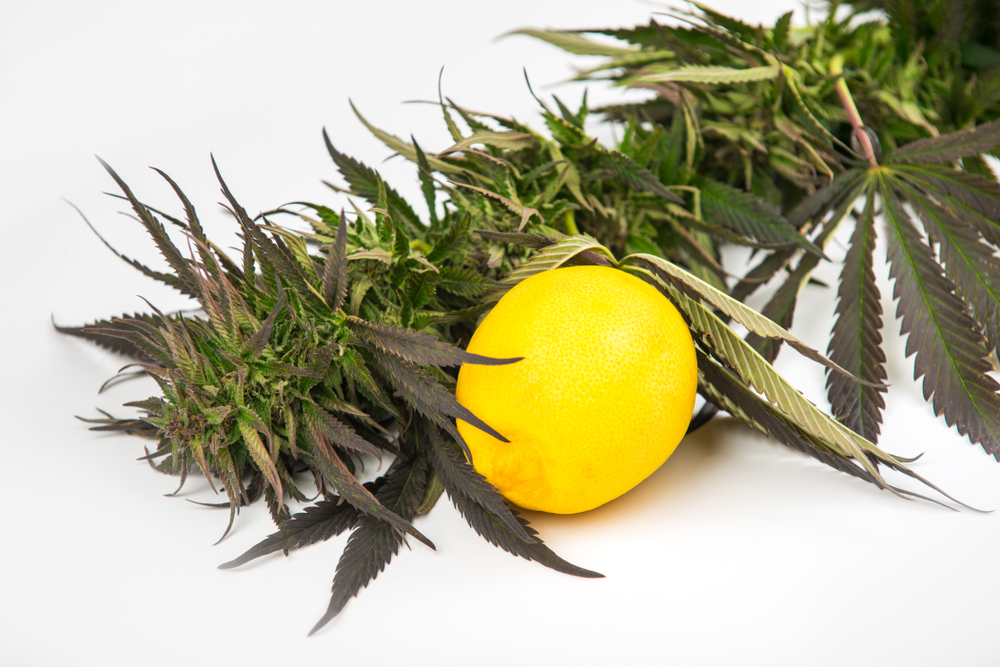Member Blog: GRAS Cannabinoids
CBDMarijuana Laws, Regulations, & Politics May 3, 2021 MJ Shareholders 0


Brad Douglass, Ph.D., EAS Consulting Group Independent Consultant
The Agricultural Improvement Act of 2018 (the “2018 Farm Bill”) helped to further define the pathway by which “hemp-derived” ingredients can be legally incorporated into food. Since then, hemp-ingredient companies have materialized selling purified cannabinoids that are found naturally-occurring in hemp. Despite the young market, these companies are facing difficult times as the buyers for these ingredients are few and manufacturers mostly compete on price. The GRAS path offers a route out of this conundrum.
What is GRAS?
The Generally Recognized as Safe (GRAS) for food-use pathway was established by the 1958 Food Additives Amendment to the Federal Food, Drug, and Cosmetic Act (FD&C Act). It delineated how substances that are GRAS for their defined conditions of use in food are different from food additives.
Others have previously delved into why firms might consider pursuing GRAS notifications and/or New Dietary Ingredient Notifications (NDIN) independent of hemp and hemp-derived ingredients so I will refrain from wholesale repetition. Two key points on specificity are nonetheless worth repeating: 1) a substance is deemed GRAS for a specific use under specific conditions and 2) a GRAS notification is specific to the company filing the notification.
Why GRAS?
There are a number of practical reasons why firms that produce cannabinoids would seek to pursue the GRAS pathway. Here are five:
Market Expansion
Currently, firms that produce purified hemp cannabinoids are mostly selling their wares to businesses operating in state-regulated delta-9 tetrahydrocannabinol (THC) markets or to operations that may not be in full-compliance with dietary supplement regulations. Almost all firms that produce food products, including beverages, and most dietary supplement manufacturers, will not use ingredients that do not have a history of use in food or that cannot be legally marketed.
For ingredients such as purified hemp cannabinoids that do not have a history of use as articles used for food, the only way to open-up the food, beverage, and dietary supplement markets is via the GRAS/NDIN pathways.
Safety Demonstration
An integral part of any GRAS dossier is the basic demonstration of acceptable risk (cf. safety) for the named substance and impurities. This includes any byproducts that may be introduced by the manufacturing process. Whether one is interested in pursuing a GRAS Notification for submission to FDA or for a self-affirmed GRAS conclusion, the process involves an evaluation of safety for the conditions of use (e.g. serving size, no-observed adverse event level, etc.).
Beyond the ethical necessity of understanding the hazards of a product meant for human consumption, pursuing GRAS helps protect a firm from product liability in the event that harm is created. But more importantly, GRAS helps guard against product liability by seeking to prevent the potential hazard in the first place. That is always good for business.
Avoiding Drug Preemption
FDA has described in numerous forums, including the Administration’s own website, why it has concluded that cannabidiol (CBD) cannot be used as an ingredient in food or dietary supplements. The key is section 201(ff)(3)(B) of the FD&C Act. This section disqualifies an ingredient from use in food or dietary supplement products if the ingredient is 1) an active ingredient in an approved drug or 2) if substantial clinical investigation of the substance as a drug has been conducted AND made public.
While the situation remains unclear for CBD, the only way to avoid a similar murky situation for other cannabinoids (e.g. cannabigerol, CBG) is for those ingredients to be marketed as a food or dietary supplement prior to the public disclosure of clinical trials directed at the development of that substance as a drug.
It is FDA’s position that “legal” marketing entails more than simple inclusion of the substance in marketed products — the substance must have been the subject of GRAS, food-additive, or NDIN pathways, if required, to be legally marketed. To that point, FDA is highly unlikely to conclude that legal marketing includes the marketing of products in state-regulated cannabis systems while THC remains federally illegal.
Side-Stepping Price Wars
The nascent hemp-derived ingredients market is experiencing significant downward price pressure. The reasons are simple. There is currently more supply than demand (see #1 above) and all commercial offerings are essentially generic.
The GRAS pathway is a mechanism out of this me-too trap. A GRAS cannabinoid would be a premium ingredient by virtue of GRAS status alone. Premium ingredients command premium prices. And the types of sophisticated customers that firms like to do business with do not mind paying premium prices for compliance.
Regulatory Intelligence
While we wait on FDA to draft regulations for manufactured hemp-derived products, it is difficult for businesses to make decisions about what products to pursue. Some firms may not care about internal FDA thinking for hemp-related issues like delta-8 THC or proposed New York State in-process hemp material THC limits of 3%, because they are going to seek to exploit the here-and-now.
For forward-looking firms, engaging with FDA through GRAS or other regulated ingredient pathways can help illuminate what lay around the bend. Effectively navigating bends in a fast-paced, regulated marketplace can be the difference between knowing when to brake… and going broke.
How GRAS?
There are a few ways to go about this, but simply asking the question within your company and with your legal and regulatory counsel will help generate more of a groundswell. There are a few hemp- and cannabinoid-specific intricacies that must be navigated in practice, including FDA’s own policies on hemp. But there is no reason why this cannot be done.
EAS Independent Consultant, Brad Douglass, Ph.D., evaluates FDA and FTC compliance of dietary supplement materials including review and audit of dietary supplement labels and labeling. He is experienced in multiple technical, quality, and formulation roles in the dietary supplement and cannabis industries which lends perspective not only regulatory requirements but also the realities of real-world business. Brad’s previous positions include VP of Regulatory Affairs and Director of Advanced Botanical Strategy at the Werc Shop in Los Angeles. He has a doctorate in Organic/Medicinal Chemistry from USC. EAS Consulting Group, a member of the Certified Group of companies, is a global leader in regulatory solutions for industries regulated by FDA, USDA, and other federal and state agencies. Our network of over 150 independent advisors and consultants enables EAS to provide comprehensive consulting, training and auditing services, ensuring proactive regulatory compliance for food, dietary supplements, pharmaceuticals, medical devices, cosmetics, tobacco, hemp and CBD. easconsultinggroup.com
If you represent a firm that creates hemp-derived cannabinoids, are a regulator that has responsibility over products that incorporate non-THC cannabinoids, or are just an interested reader that has been intrigued by this blog post, do not hesitate to reach out to me at bdouglass@easconsultinggroup.com.
MJ Shareholders
MJShareholders.com is the largest dedicated financial network and leading corporate communications firm serving the legal cannabis industry. Our network aims to connect public marijuana companies with these focused cannabis audiences across the US and Canada that are critical for growth: Short and long term cannabis investors Active funding sources Mainstream media Business leaders Cannabis consumers











No comments so far.
Be first to leave comment below.